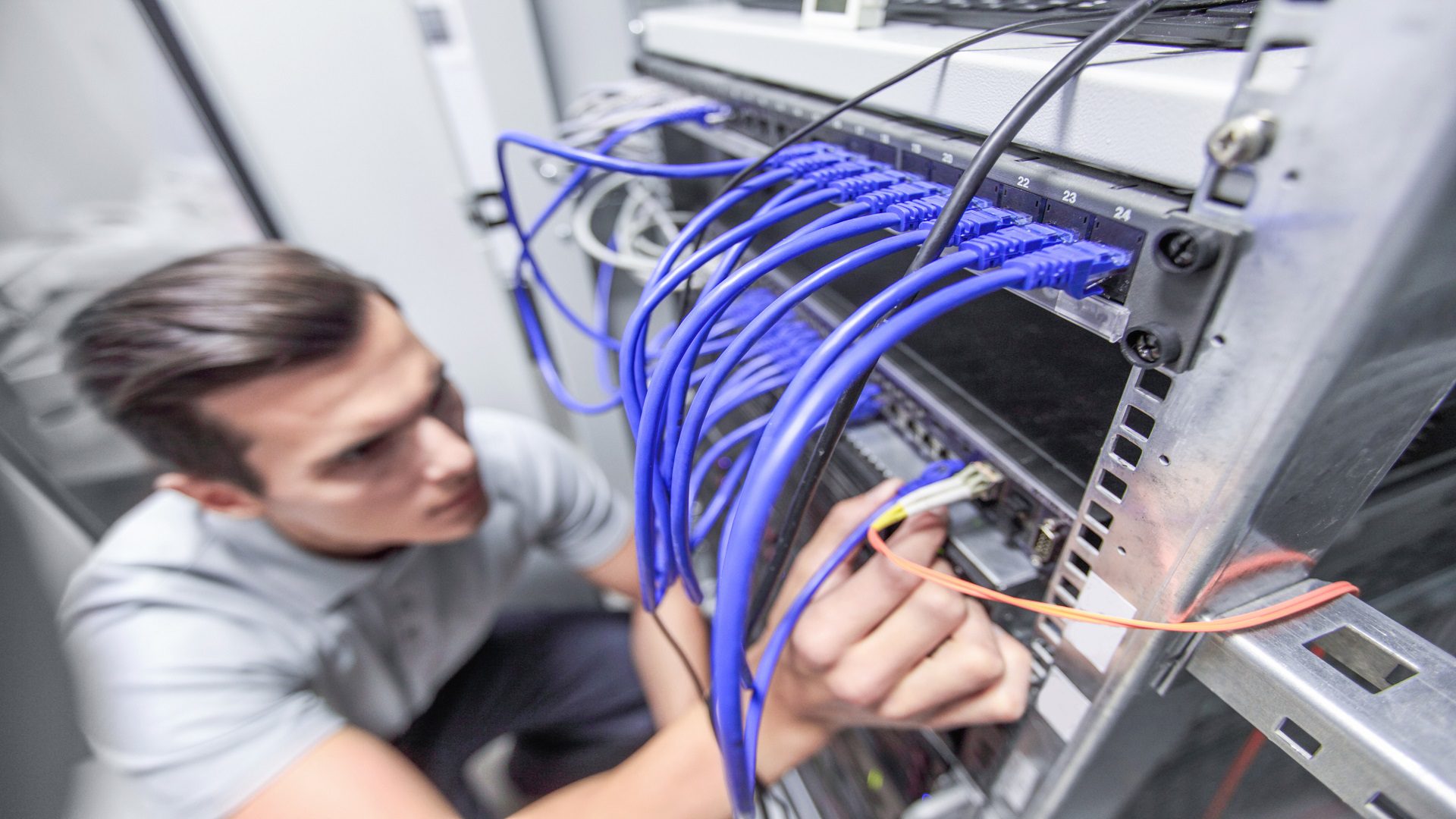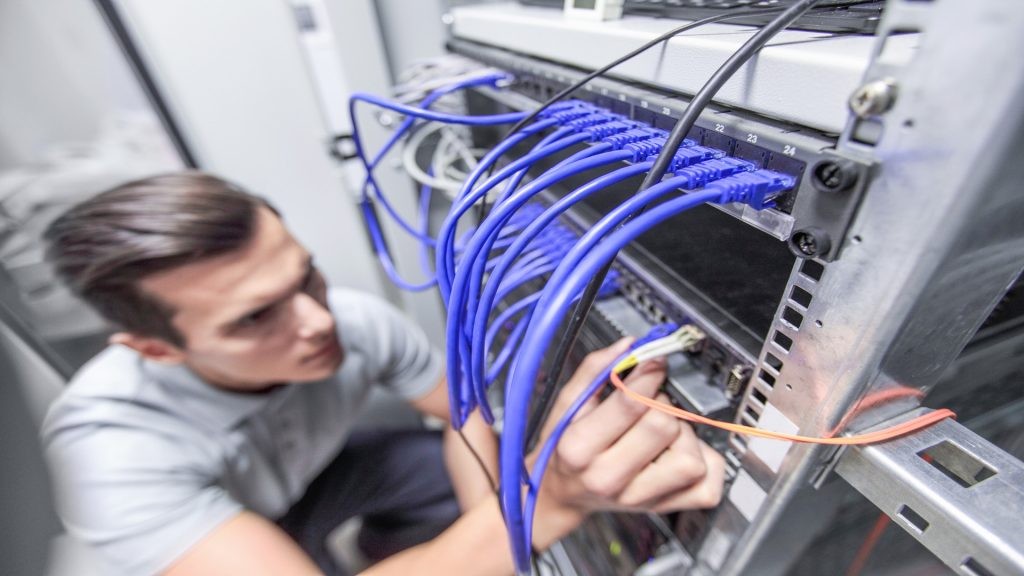Nothing shows up
So, you’ve just setup your Dante system. You’ve plugged Dante-enabled devices into network switches, perhaps you’ve made some adjustments to the switches, and then you fire up Dante Controller and see… nothing. Or perhaps you see some devices, but nothing works. That’s not very plug and play. What’s happening?


So, you’ve just setup your Dante system. You’ve plugged Dante-enabled devices into network switches, perhaps you’ve made some adjustments to the switches, and then you fire up Dante Controller and see… nothing. Or perhaps you see some devices, but nothing works. That’s not very plug and play. What’s happening?
Let’s learn a bit about Dante Automatic Discovery and figure this out.
Dante Automatic Discovery basics
Dante is designed so that, under most conditions, simply connecting Dante devices to the same network as a PC running Dante Controller will result in those devices appearing in Dante Controller. To accomplish this, each Dante device must “announce” its existence on the network so that any copies of Dante Controller and any other Dante devices can “hear” it.
In order to do this, Dante devices employ multicast networking. You’ve almost certainly heard the term, and it is at the heart of this problem.
There are 3 fundamental types of network traffic:
- Unicast – one to one private communication between devices, like a letter sent to an individual.
- Broadcast – one to many communication that all devices must receive, like junk mail addressed to “occupant”.
- Multicast – one to many communication sent from a device only to devices that request it, like a newsletter sent to many recipients who have signed up for it.
Because a new Dante device cannot “know” where Dante Controller is, using broadcast or multicast makes sense as a discovery method. The device sends a message addressed to “everyone” and waits for a reply. Multicast is much better behaved that indiscriminate broadcast, and so that is what Dante uses. Dante Controller listens for multicast traffic from Dante devices so that it can display and use them.
The Secret Sauce in the Switch
Just as subscribers to a newsletter are part of a list somewhere, so are recipients of multicast traffic. When a multicast message is sent, devices that want that traffic ask for it and become part of a group membership list that resides on the network switch. When multicast messages arrive at the switch, it checks those group lists to see which devices have requested the data. This group membership technology is referred to as IGMP (Internet Group Management Protocol).
When a switch groups a data sender with a bunch of recipients, that process is called snooping. When there are multiple switches on a network, they must all agree about these multicast groups, and so must coordinate their IGMP behavior. If they don’t, some traffic won’t go to where it’s supposed to.
Here’s where the Dante discovery problems arise.
Dante discovery errors are multicast errors
When Dante devices fail to appear, or appear and are unusable, this is most frequently an issue with multicast traffic not being accessible where it is needed. What can cause this to happen?
- Improper switch configuration. IGMP setups can be tricky, and inexperienced users may inadvertently configure IGMP so that it isn’t working correctly, preventing multicast traffic from reaching Dante Controller. This is the most common case we encounter. We recommended testing with all multicast limitations disabled.
- Multiple switches from different brands. For IGMP to work, all switches must be able to coordinate IGMP group information. Unfortunately, when using switches from different makers, this cannot be guaranteed. Consult with the makers of your switches for more information. Using a consistent brand of switches often makes this a non-issue.
- Multicast version confusion. There are several versions of the multicast specifications, and some interpretations can prevent older technology from working with newer devices. A good example of this are the built-in Ethernet ports on Apple computers, which use multicast v3 and will not work well with devices using multicast v2. Note: this issue is easily overcome by using external Ethernet adapters in lieu of built-in connectors.
- Devices and computer running Dante Controller are not on the same LAN. If you have a network with multiple subnets, you have multiple LANs. Multicast traffic generally cannot pass between subnets or LANs, and so all Dante devices must be on a single LAN to work. If you’re not routing between subnets, then you must ensure that all IP addresses are unique and part of a correctly defined set. This is usually done automatically by using DHCP, but can be a source of Dante discovery failure when manually assigned IP addresses are employed. Note: Dante Domain Manager allows you to pass Dante traffic between subnets.
That’s it for this week. Be well and Stay Connected!
Stay up to date with the Dante Journal
* indicates required fields




